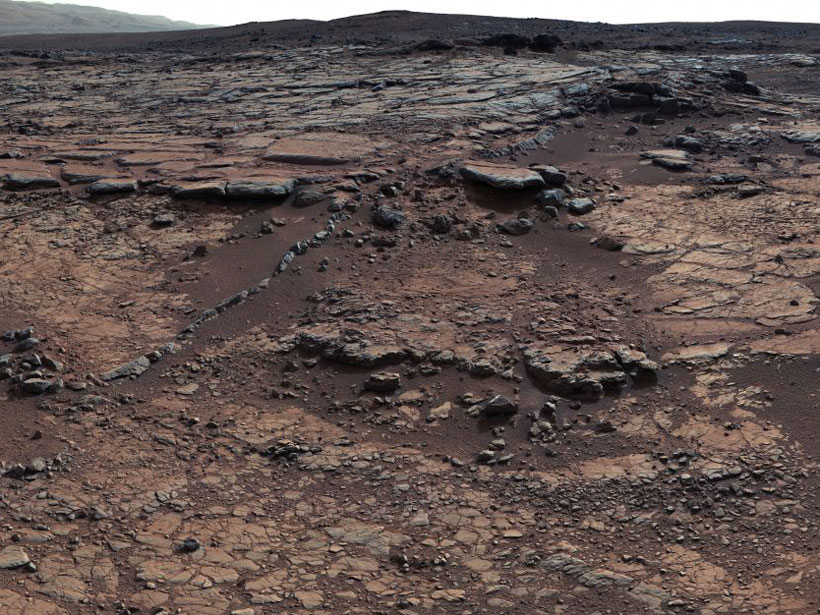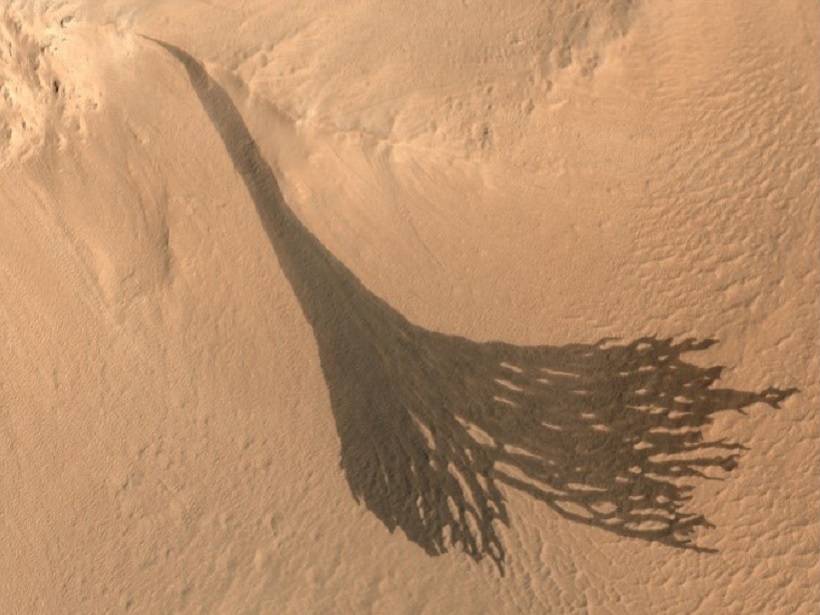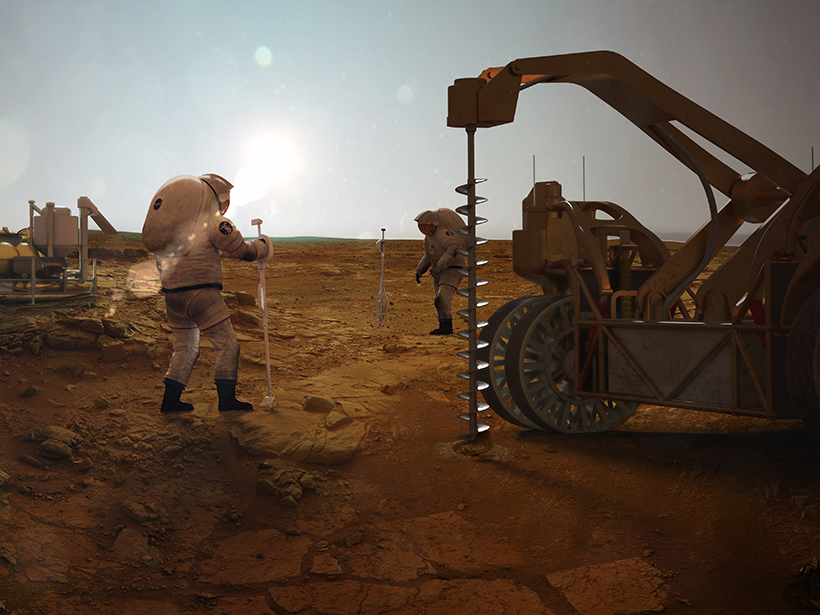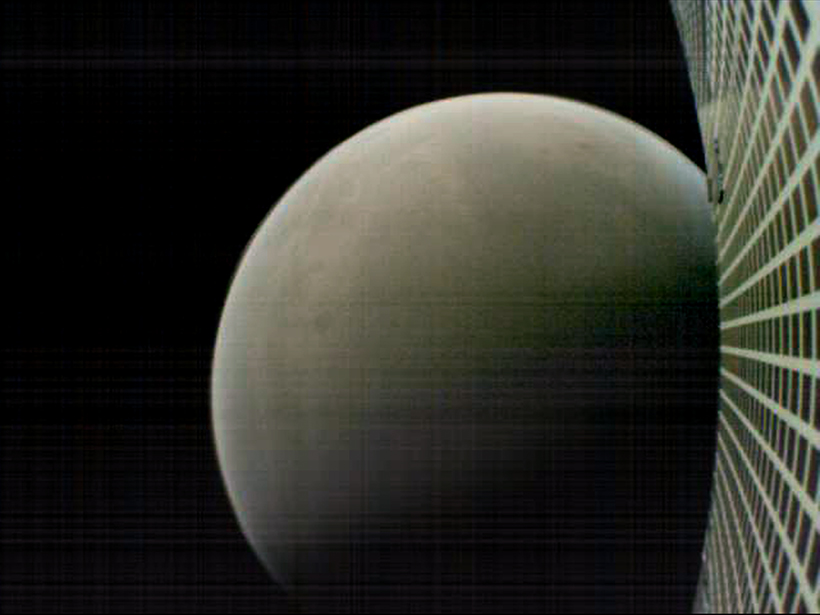The rover will explore a once water rich region on Mars’s surface and search for evidence of current and past life.
Mars
Researchers Bring Early Martian Water Chemistry to Life
Lab experiments constrain conditions necessary for a key mineral to have formed in ancient lagoons and a crater lake.
Thermal Signature of Martian River Deposits Suggests Cementation
Are there indications of extended aqueous processes beyond the period of widespread fluvial activity on Mars?
Updates on Understanding Mars’s Recent and Present-Day Climate
Mars Workshop on Amazonian and Present-day Climate; Lakewood, Colorado, 18–22 June 2018
Revisiting Enigmatic Martian Slope Streaks
Slope streaks of different sizes and shapes are a common feature on the surface of Mars, but scientists disagree about the mechanisms for their formation and development.
The Mars Anthropocene
The idea of sending people to Mars has captured the public imagination, but have we fully considered how our presence will alter the planet?
Hello, Goodbye: First Interplanetary CubeSats Zip Past Mars
The InSight lander safely arrived on Mars early last week. Two tiny spacecraft made up part of its communications array and transmitted landing data back to Earth.
Martian Crater Will Be the Landing Site for a Future Rover
The impact crater is a dry lake bed that contains evidence of ancient water flows and perhaps signs of ancient microbial life.
Magnetic Mars Engages Lay Audiences in Science
A NASA team has developed resources to intrigue the public with the discoveries from its Mars Atmosphere and Volatile Evolution (MAVEN) mission. Here are four tips for communicating that science.
Atacama Desert’s Unprecedented Rains Are Lethal to Microbes
Rainfall in the driest parts of Chile’s Atacama Desert in 2017 resulted in hypersaline lagoons that killed the majority of microbes adapted to millions of years of arid conditions.










